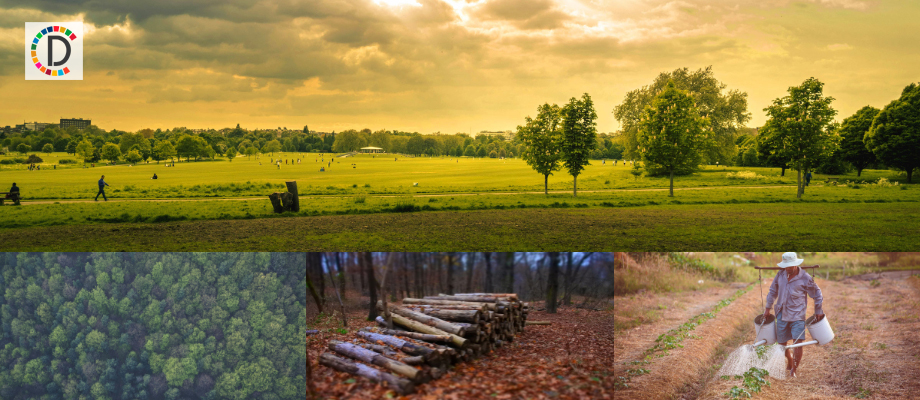Agricultural lands surrounding protected areas support guilds of wintering bird community, says study
Thus there is a need to also evaluate agricultural land usage for their potential to supplement biodiversity conservation.

- Country:
- India
Trees on agricultural lands surrounding a protected forest support multiple guilds of a wintering bird community, a new study has found.
The study builds on the premise that while efforts to protect biodiversity in tropical forests have largely relied on the establishment of protected areas (PAs), there are limits to how much such areas can expand, a Wildlife Conservation Society India statement said.
Thus there is a need to also evaluate agricultural land usage for their potential to supplement biodiversity conservation.
The results provide insights into the role of mixed agricultural–forest landscapes in the conservation of different facets of biodiversity.
The paper, titled "In a tree by the brook, there's a songbird who sings: Woodlands in an agricultural matrix maintain functionality of a wintering bird community", explores the potential of an agricultural landscape in Meghalaya to support a wintering bird community.
The study was conducted by Biang La Nam Syiem of WCS India, National Centre for Biological Sciences and Centre for Wildlife Studies, and Divya Vasudev and Varun R Goswami of the WCS India Program, Centre for Wildlife Studies and Conservation Initiatives. It appears in the international journal PLOS ONE.
"The study uses a guild-based framework –– that is a framework whereby bird species with similar characteristics are grouped together –- to investigate the effects of vegetation structure and proximity to a PA in influencing the use of woodlands in agricultural lands surrounding the PA by the wintering bird community.
"It also investigates changes in species composition between the agricultural lands and the PA in the landscape," the statement said.
The study area covered approximately 100 sq km in the Nongkhyllem landscape, located in Ri-Bhoi District of Meghalaya.
The area included the Nongkhyllem Wildlife Sanctuary and Reserve forest, agro-forests, agricultural lands and community-managed forests.
Occupancy models were used to understand habitat – bird relationships and predict site use and it was conducted between November 2015 and May 2016.
"The study found that multiple guilds of the bird community used the various sites surveyed in the landscape. Interestingly, tree cover did not limit the use of sites by some guilds as much as shrub and bamboo cover, probably due to already high tree cover.
"It also found that species richness of birds was higher in the agricultural lands than in the PA; however, specialized species such as hornbills and large woodpeckers may lose out in lands outside PAs," the study said.
Biang Syiem said, "The study finds relevance in the management of agricultural landscapes for biodiversity, especially in the hilly tracts of Northeast India, where forest and agricultural lands are often intertwined and more and more forests are being converted into permanent open cultivation."
(This story has not been edited by Devdiscourse staff and is auto-generated from a syndicated feed.)
ALSO READ
Study finds mercury contamination in Brazil's Yanomami people
Wider bird flu spread raises concern for humans, animal health body says
Students to Explore Higher Education Options with Top-Ranked Hong Kong Universities at "Study in Hong Kong" India Education Fair
Young adults who work atypical hours could see poor health by the time they turn 50: study
Scientists warn of lethal bird flu pandemic, says could be '100 times worse' than COVID










